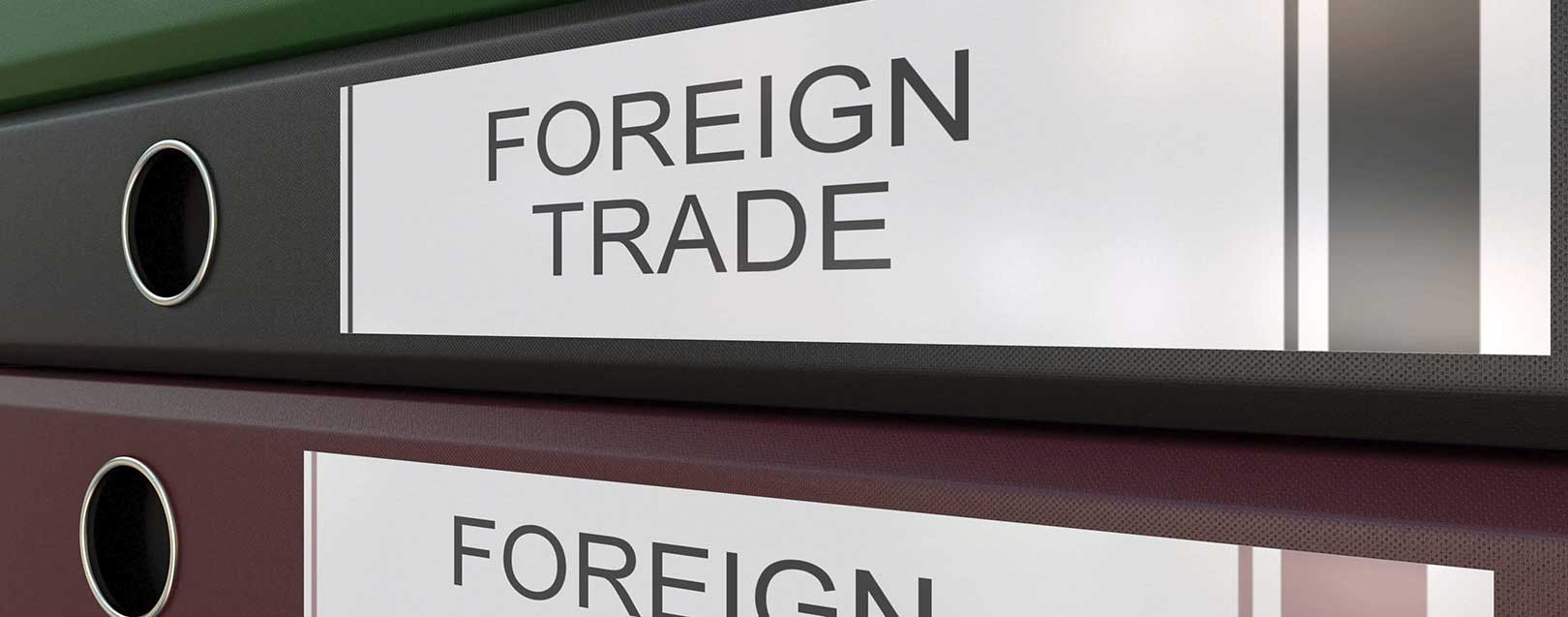
The one thing that India’s foreign trade community has been eagerly waiting for since the start of this fiscal [more than anything else, even the rollout of the Goods and Services Tax (GST) – perhaps the most radical and progressive tax reform the country has ever seen] is the outcome of the mid-term review of the Foreign Trade Policy 2015-2020. After all, it’s ‘the document’ that decides the direction of India’s foreign trade and also, of course, the fate of millions of exporters and importers! But thanks to the GST rollout, they will have to wait a little longer.
Nevertheless, the hopes are high! So what does India’s exporter-importer community expect from the review? One of the biggest expectations that exporters, at least the ones whom I have been interacting with on a regular basis, have from the mid-term review of FTP 2015-2020 is nothing but to offset the losses arising because of the implementation of GST. They have their reasons.
While exports are zero-rated under GST and exporters will indeed get input tax credit, they will have to pay taxes first and apply for refunds later. And this ‘pay-first-and-get-a-refund-later’ mechanism is what is going to hurt exporters who are already burdened with high cost of credit. Although policymakers have assured 90% of the refund will be processed within seven days, exporters are worried that this may not be feasible. What’s more? Industry experts estimate that the competitiveness of Indian products will be eroded by about 2% as most exporters, particularly MSMEs, will have to rely on loans and borrowings to meet their working capital requirements or pay advance taxes. The industry hence expects the government to offset the loss arising out of this transition [from an exemption model during pre-GST period to refund system under GST regime] through some policy instrument, preferably incentives.
GST has also narrowed the ambit of duty credit scrip only to payment of basic customs duty, whilst earlier the utilisation of the scrip was allowed for the payment of customs duty, excise duty and service tax. This is bound to have wide ramifications on exporters. Also, MEIS and SEIS scrips, which used to attract 5% VAT now attract 18% GST because the scrips fall under the residual category. This issue must be addressed, otherwise GST will sharply reduce the incentive aspect of these scrips. If utilisation does not gets integrated with GST, the premium on these scrips is also bound to go down drastically.
Then there has been a long-pending demand of the EXIM community to rescind DGFT Public Notice No.31, dated 01.08.2013. This notification directly contradicts para 4.2.6 of FTP, which deals with transferability. On one hand, para 4.2.6 allows transferability of the inputs imported against the authorisation, whereas notification 31 disallows and restricts an exporter to import and use the products only in the export product. So, the whole purpose of allowing transferability of Duty Free Import Authorisation (DFIA) is defeated. The industry expects the authorities to consider this matter during the ongoing FTP mid-term review. And if the revocation is not at all possible, the policymakers should at least do away with DGFT Public Notice No.35, dated 30.10.2013, that enforces the conditions of DGFT Notification No.31 even on DFIA licences issued prior to the issuance of Notification No. 31/(RE-2013).
The industry feels that the Advance Authorisation Scheme needs to be streamlined by faster fixation of Standard Input Output Norms (SION) by the Norms Committee. Exporters allege that currently, due to delays, they are not able to obtain Export Obligation Discharge Certificate (EODC) and as such are placed in the Denied Entities List (DEL). This impacts them adversely. And not to say, this is one expectation that ranks high on their wishlist.
The exporting community also wants the FTP 2015-2020 mid-term review to address the inverted duty structure prevalent across industries. Several cases exist in various sectors where import duty on an intermediate product is higher than that on the finished product, which make ‘Made in India’ costlier than imported products. A case in point could be the tyre industry – imports of natural rubber that is used for manufacturing of tyres attracts 25% duty, whereas imports of finished auto tyres is taxed at 7%.
This kind of a situation not only discourages an entrepreneur from setting up a manufacturing business, but also questions the intention of the government with regards to initiatives like ‘Make in India’.
There are many such concerns that India’s exporters community expects the policymakers to address through a revised and better FTP. And that’s not too much to ask for considering that it’s them who are earning precious foreign exchange for the country. But will their hopes meet reality this time?
Time will tell.
Get the latest resources, news and more...
By clicking "sign up" you agree to receive emails from The Dollar Business and accept our web terms of use and privacy and cookie policy.
Copyright @2024 The Dollar Business. All rights reserved.
Your Cookie Controls: This site uses cookies to improve user experience, and may offer tailored advertising and enable social media sharing. Wherever needed by applicable law, we will obtain your consent before we place any cookies on your device that are not strictly necessary for the functioning of our website. By clicking "Accept All Cookies", you agree to our use of cookies and acknowledge that you have read this website's updated Terms & Conditions, Disclaimer, Privacy and other policies, and agree to all of them.

